Buy this landscape artwork Mystic tree on the volcano Etna by Silva Wischeropp on canvas, ArtFrame, poster and wallpaper, printed on demand in high quality.
About "Mystic tree on the volcano Etna"
by Silva Wischeropp
About the artwork
This photographic natural landscape was taken in the late afternoon hours of 29 April 2012 with the Nikon D90 camera during my Easter trip to the magical island of Sicily.
Mount Etna (also known as Mongibello in Italian) is the highest active volcano in Europe at around 3357 metres (2021) above sea level. It is located on the Italian island of Sicily in the administrative unit of the metropolitan city of Catania. In June 2013, UNESCO inscribed Etna on the World Natural Heritage List.
Etna has four summit craters: the main crater, the "Bocca Nuova" (new vent) crater from 1968 directly next to it, as well as the northeast crater from 1911 and the southeast crater from 1979, which are located slightly away from the main crater. However, lava is usually ejected during an eruption not via the summit craters, but on the flanks of the mountain cone.
Over the millennia, some 400 secondary craters have formed as a result, such as the Silvestri Mountains in 1892.
The height of Etna fluctuates around 3350 metres and changes often due to cinder cones and destructive eruptions. Etna's mountain range covers an area of about 1250 square kilometres and has a circumference of about 250 kilometres.
The area around Etna, which is characterised by lava rock and therefore extremely fertile, has always had a fauna and flora that is hardly comparable and unique in Europe in this form. However, the rapid development of the area with paved roads and by means of forest clearing as well as unrestricted hunting in this area raised great concerns about the continued existence of this habitat, which is why the regional park Parco dell'Etna was established in 1987 on an area of over 580 square kilometres around Mount Etna.

About Silva Wischeropp
"For me, photography feels like really capturing the moment - like a kind of alchemy where time is physically captured."
Silva Wischeropp was born in the Hanseatic city of Wismar in the former GDR. Today she lives and works in Berlin. As a passionate travel..
Read more…
 Netherlands
Netherlands Ordered in August 2017
Ordered in August 2017
 Netherlands
Netherlands Ordered in May 2020
Ordered in May 2020
 Germany
Germany Ordered in June 2023
Ordered in June 2023
 Germany
Germany Ordered in April 2019
Ordered in April 2019
 Germany
Germany Ordered in May 2022
Ordered in May 2022
 Germany
Germany Ordered in January 2024
Ordered in January 2024
 Germany
Germany Ordered in November 2021
Ordered in November 2021
 Netherlands
Netherlands Ordered in June 2023
Ordered in June 2023
 Netherlands
Netherlands Ordered in November 2019
Ordered in November 2019
 Netherlands
Netherlands Ordered in July 2018
Ordered in July 2018
 Netherlands
Netherlands Ordered in February 2022
Ordered in February 2022
 Germany
Germany Ordered in April 2021
Ordered in April 2021
About the material
ArtFrame™
Interchangeable Art Prints
- High-quality print
- Easily interchangeable
- Acoustic function
- Large sizes available
Discover the artworks of Silva Wischeropp
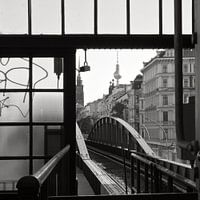 Underground station of the U2 line - special train to PankowSilva Wischeropp
Underground station of the U2 line - special train to PankowSilva Wischeropp Berlin underground station Eberswalder Strasse of line U2Silva Wischeropp
Berlin underground station Eberswalder Strasse of line U2Silva Wischeropp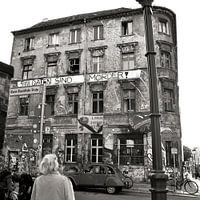 Old, squatted house in the Scheunenviertel district of Berlin-MitteSilva Wischeropp
Old, squatted house in the Scheunenviertel district of Berlin-MitteSilva Wischeropp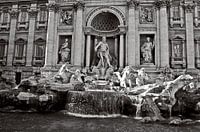 The Trevi Fountain - Fontana di TREVI in RomeSilva Wischeropp
The Trevi Fountain - Fontana di TREVI in RomeSilva Wischeropp Mysterious, Sicilian facadeSilva Wischeropp
Mysterious, Sicilian facadeSilva Wischeropp Banana leaves in the warm autumn lightSilva Wischeropp
Banana leaves in the warm autumn lightSilva Wischeropp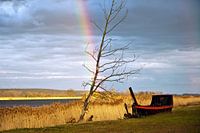 Magical rainbow at the OderbruchSilva Wischeropp
Magical rainbow at the OderbruchSilva Wischeropp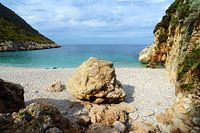 Magic Sicilian Sea SoundSilva Wischeropp
Magic Sicilian Sea SoundSilva Wischeropp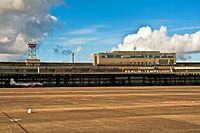 Former Berlin-Tempelhof AirportSilva Wischeropp
Former Berlin-Tempelhof AirportSilva Wischeropp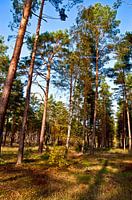 Pines in the autumnal October lightSilva Wischeropp
Pines in the autumnal October lightSilva Wischeropp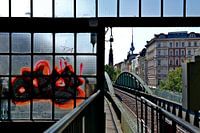 Popular underground station on the U2 line on Eberswalde StrasseSilva Wischeropp
Popular underground station on the U2 line on Eberswalde StrasseSilva Wischeropp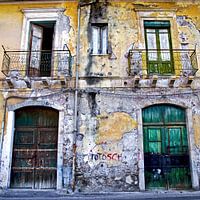 Once upon a time in Taormina on the island of SicilySilva Wischeropp
Once upon a time in Taormina on the island of SicilySilva Wischeropp Imaginative sand dunes at Henne Strand in JutlandSilva Wischeropp
Imaginative sand dunes at Henne Strand in JutlandSilva Wischeropp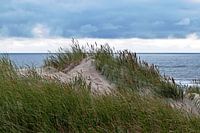 Wonderful sand dune at Henne Strand in JutlandSilva Wischeropp
Wonderful sand dune at Henne Strand in JutlandSilva Wischeropp Women bathing on the beach at Nha Trang in VietnamSilva Wischeropp
Women bathing on the beach at Nha Trang in VietnamSilva Wischeropp Summer morning walk through the pine forestSilva Wischeropp
Summer morning walk through the pine forestSilva Wischeropp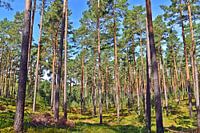 The proud elegance of the pines in the sunlightSilva Wischeropp
The proud elegance of the pines in the sunlightSilva Wischeropp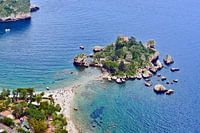 Paradise Isola Bella on the east coast of SicilySilva Wischeropp
Paradise Isola Bella on the east coast of SicilySilva Wischeropp Abandoned former Berlin-Tempelhof AirportSilva Wischeropp
Abandoned former Berlin-Tempelhof AirportSilva Wischeropp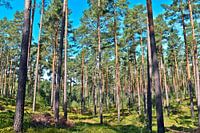 Summer morning in the magical pine forestSilva Wischeropp
Summer morning in the magical pine forestSilva Wischeropp



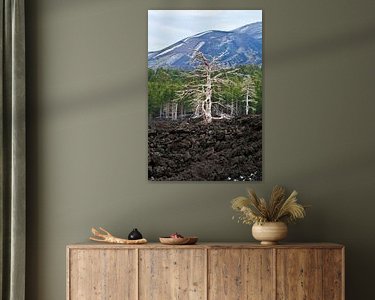

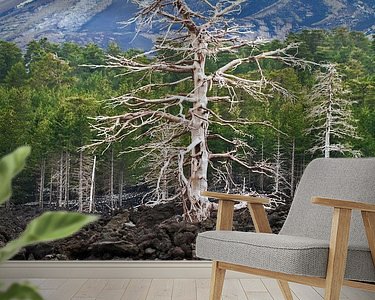

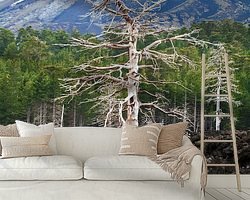
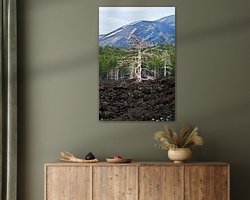

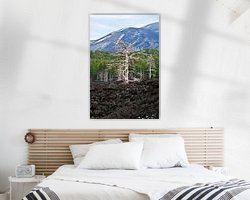
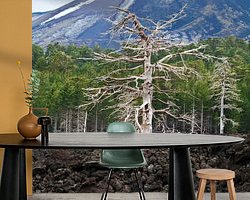
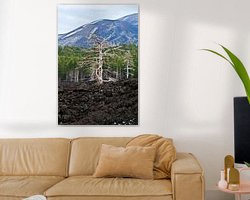
 Forest
Forest Italy
Italy Landscapes
Landscapes Melancholic Elegance
Melancholic Elegance Mountains
Mountains Nature and weather
Nature and weather Photo wallpaper
Photo wallpaper Photography
Photography Serene Peace
Serene Peace Trees
Trees Volcanoes
Volcanoes









